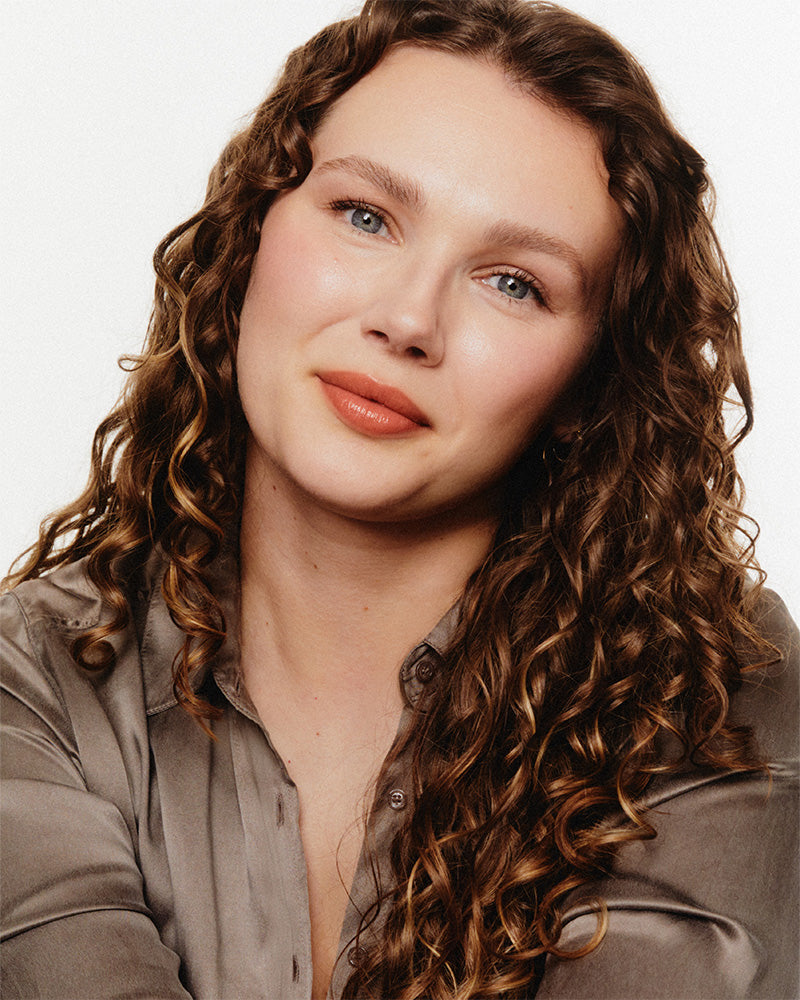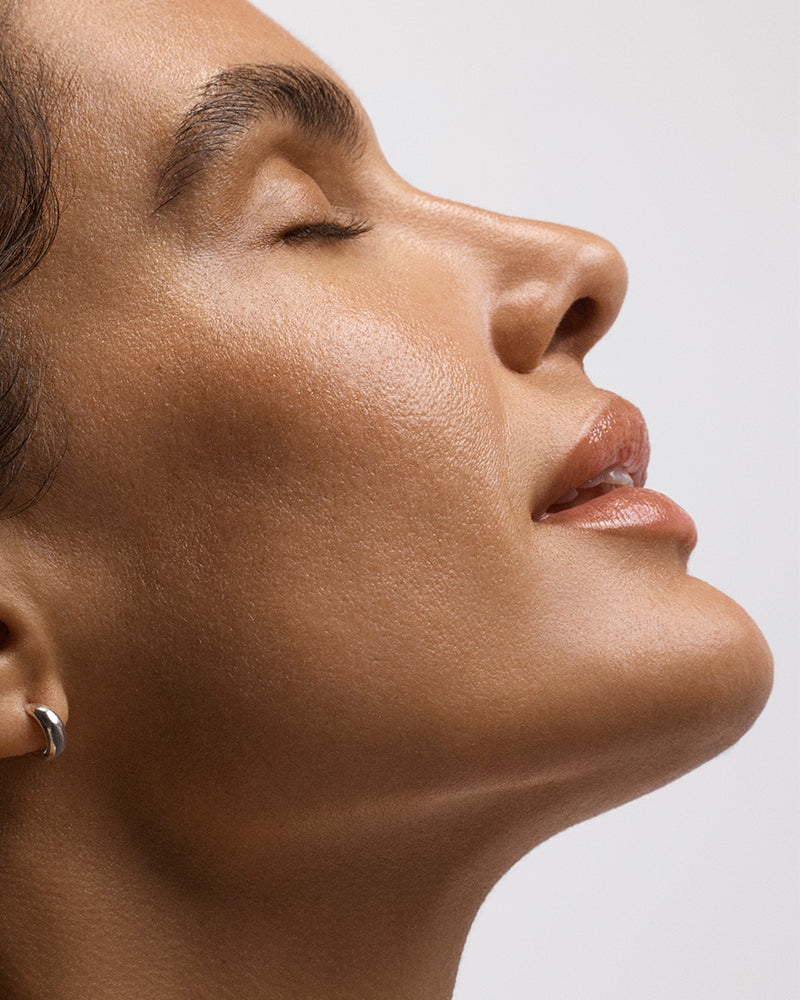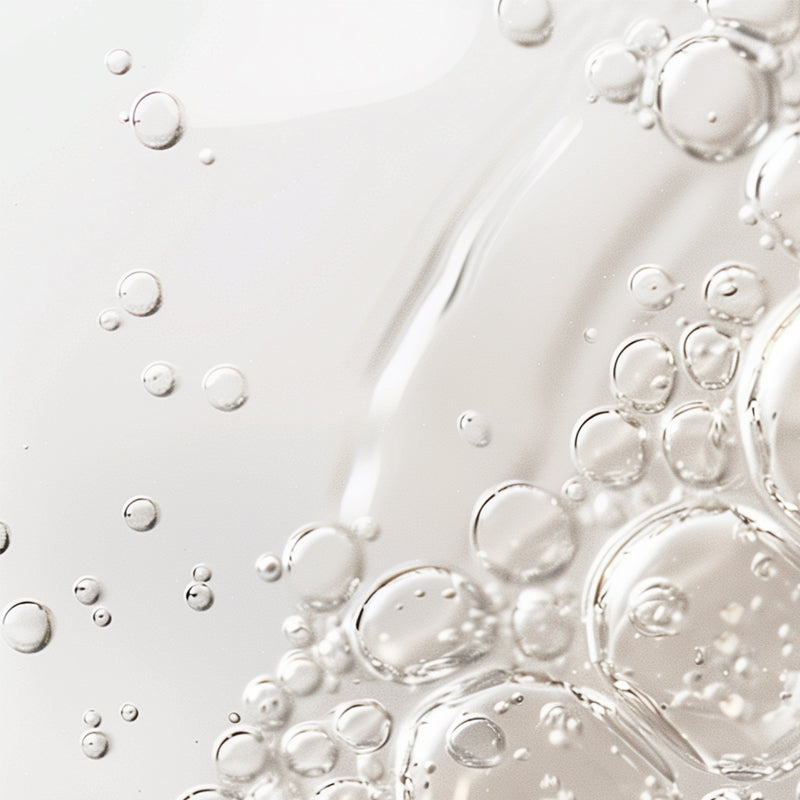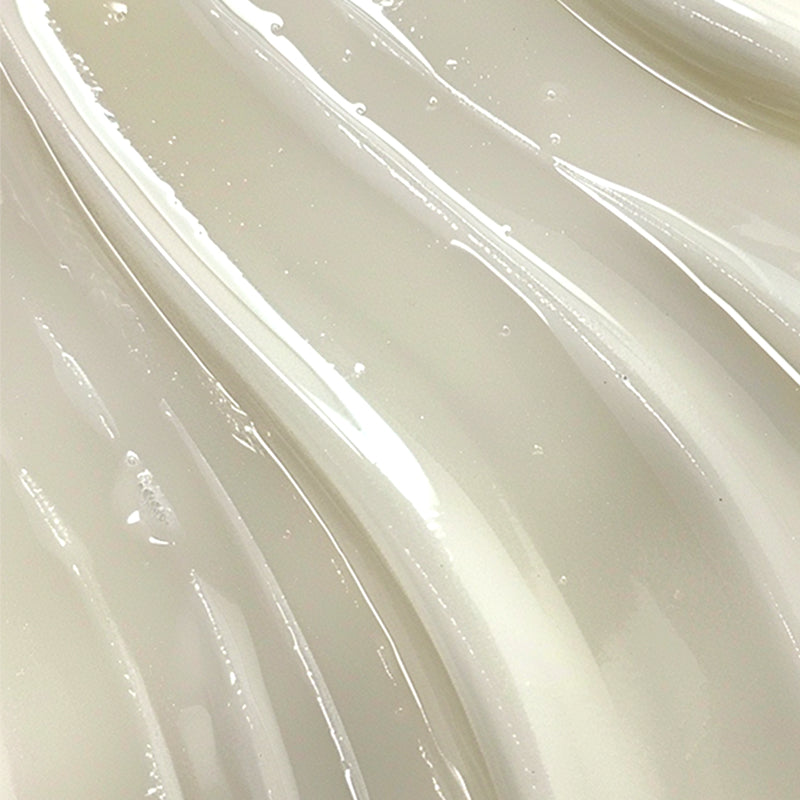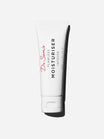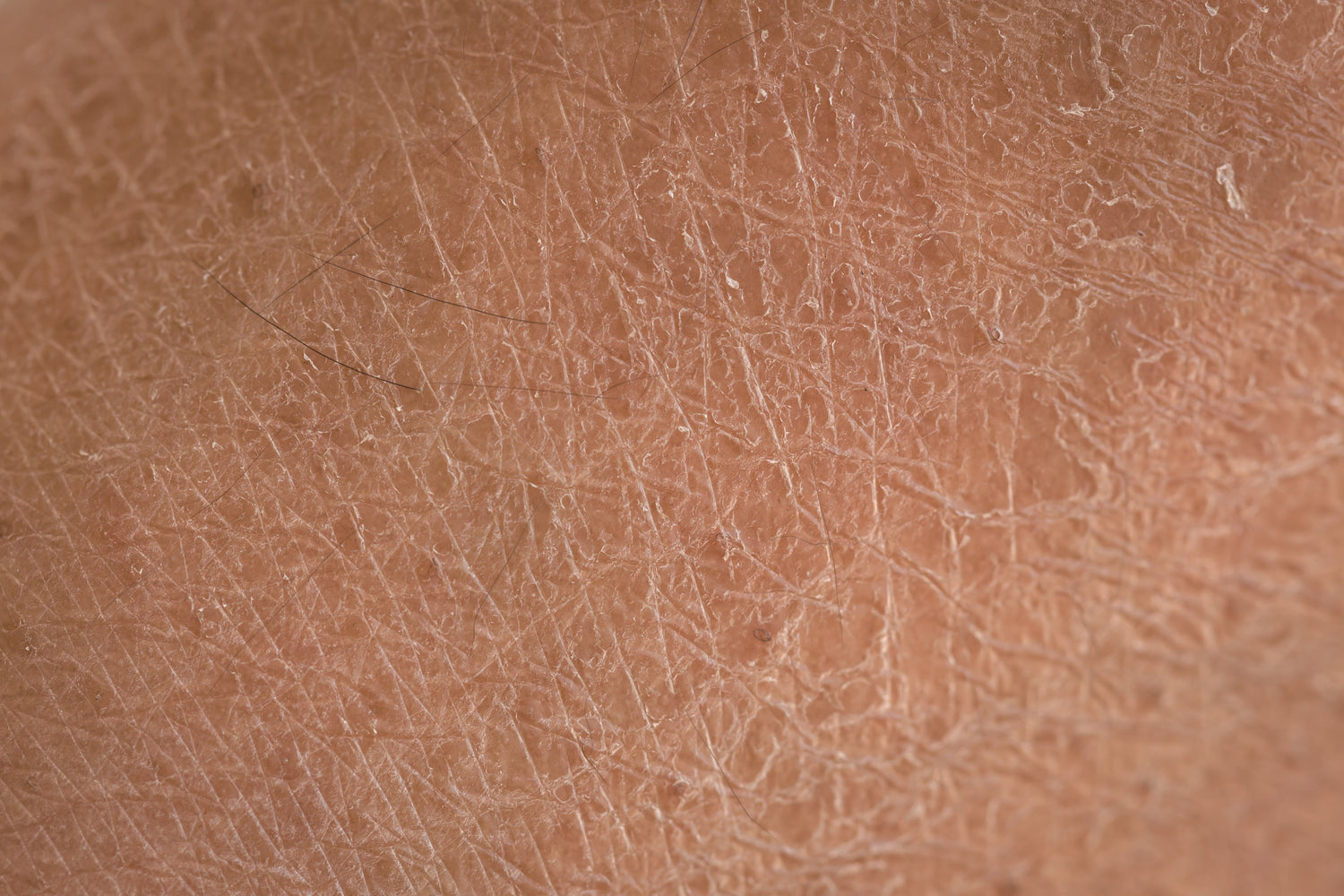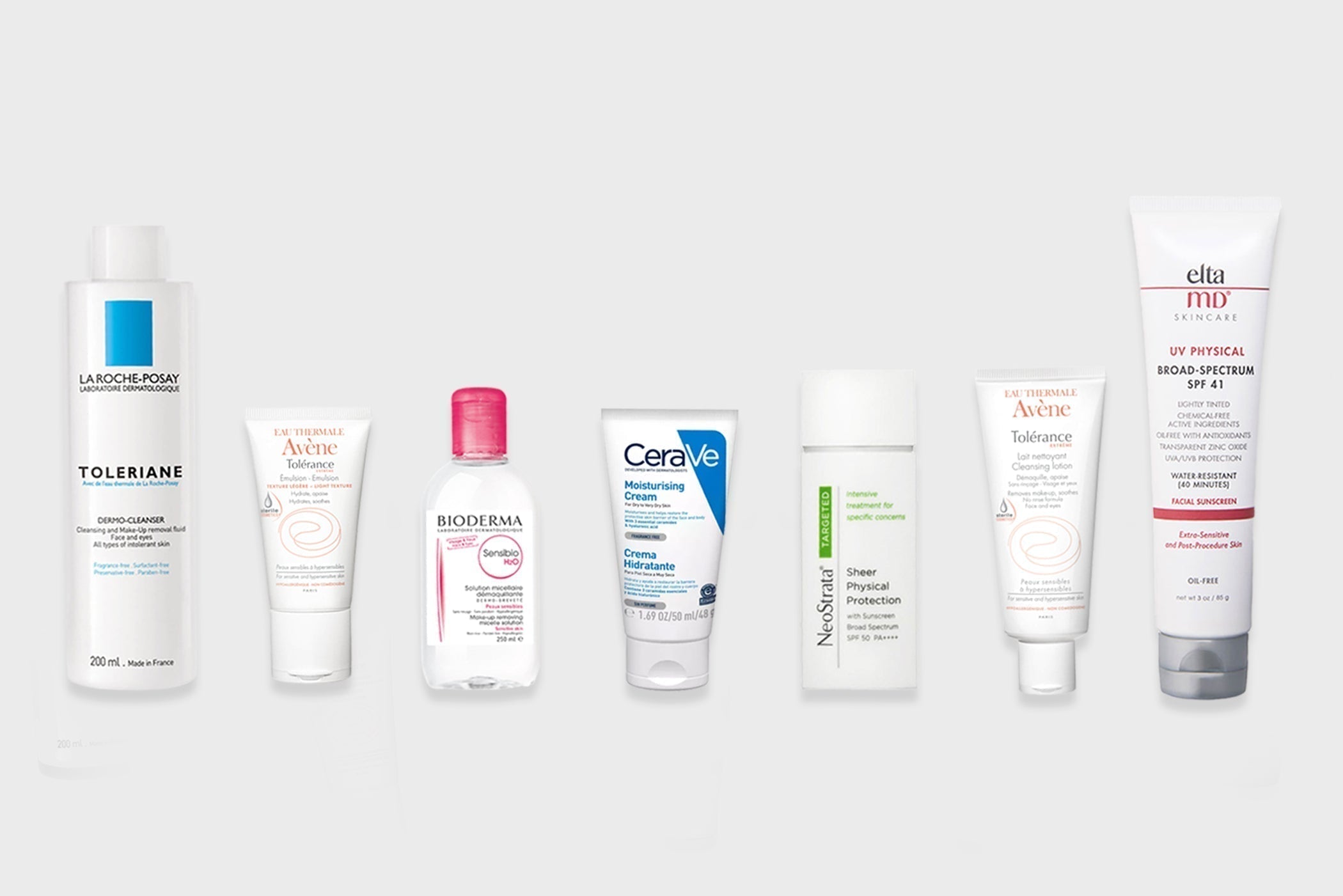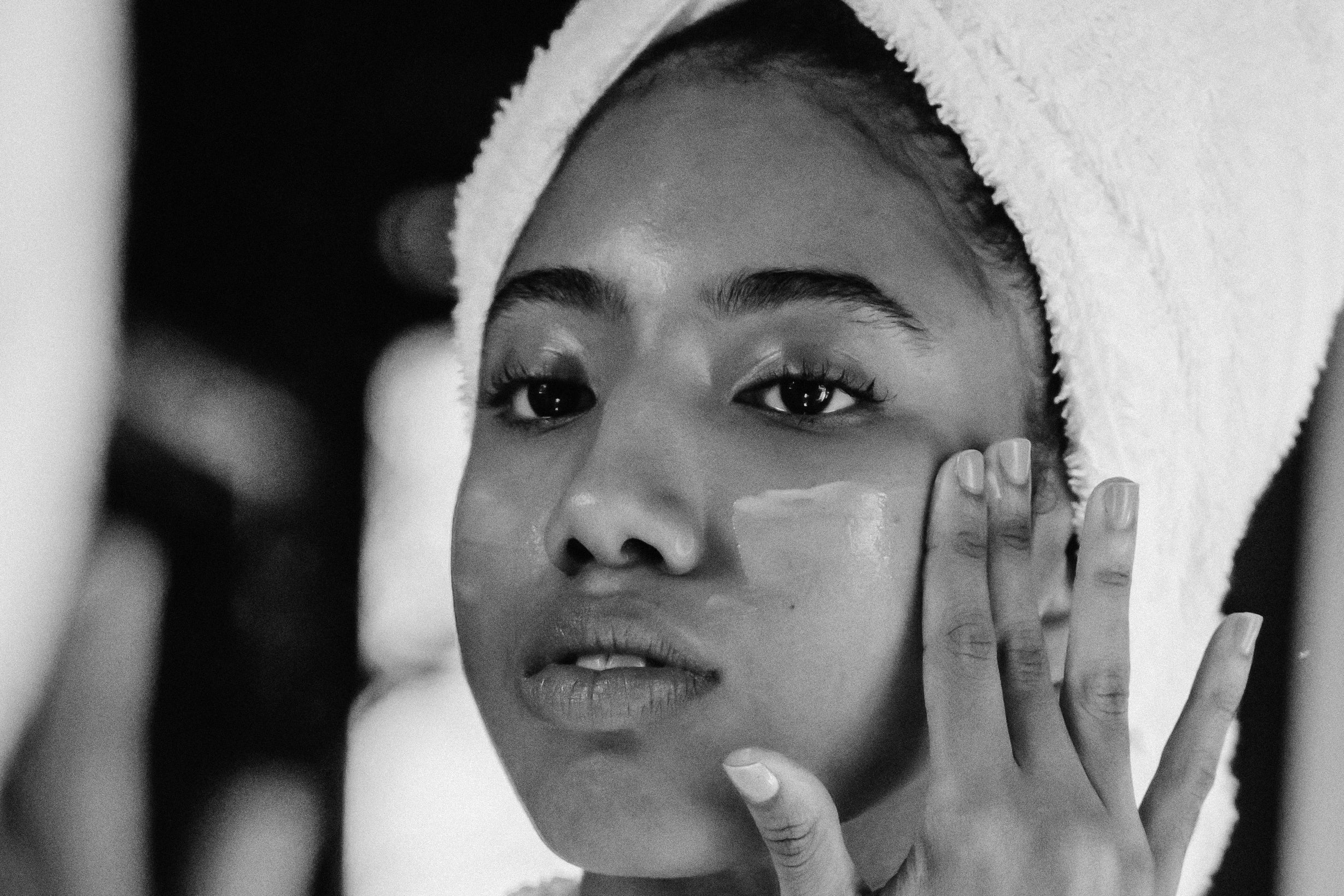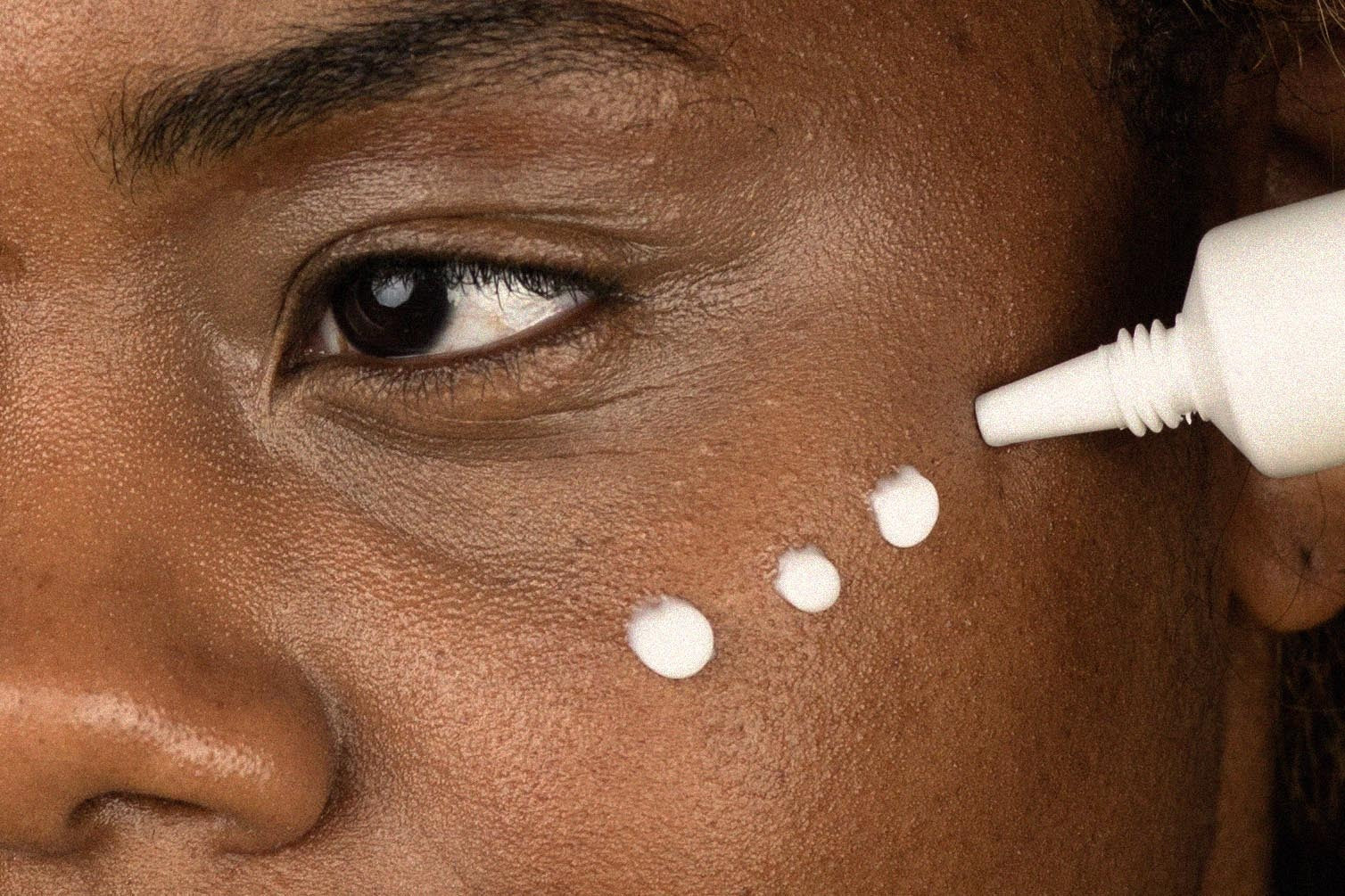Can you have bright skin if it’s dry? That’s the question I’m going to be answering in today’s video.
Dry skin is usually the result of genetics, something we’re born with. And it creeps in at menopause, as declining levels of oestrogen lower hydration levels. But it's also a state that just about any of us can experience when we’re exposed to certain environmental challenges.
So how does that affect the way our skin looks?
Well, the big issue is loss of radiance - its *really* hard to look dewy when you’ve got dry skin.
And it exaggerates the appearance of fine lines, although dry skin doesn’t directly lead to the signs of ageing per se.
But if handled wrongly, it can lead to impaired barrier function, chronic low-grade inflammation and that is likely to lead to faster ageing over time. And it might block the use of actives that can prevent ageing. So it can be quite a pickle.
What can we do?
Firstly build your basic routine to establish a strengthened barrier, thus allowing the possibility of using actives.
I recommend the use of a non-foaming cleanser, a robust moisturiser enriched with occlusives, humectants + emollients.
Allow skin time to respond and grow resilient with this simplest of routines. Once a comfort level has been established, start your sunscreen. Again, allow an equilibrium to become established over a week or so. If all is well, then we can consider moving forward.
What Actives Work Best For Dry Skin?
I like to start with Niacinamide. This skin-loving B vitamin is one of the few actives that inherently supports and repairs the skin barrier whilst also offering a plethora of additional benefits. It calms blemishes, soothes redness and evens out skin-tone. It even improves fine lines. This combination of benefits can really start to help restore glow and radiance.
The next thing to consider might be an acid. In the absence of any real skin issues, a gentle alpha hydroxy acid like Lactic Acid is a good idea. It brightens through its chemical exfoliant effect but is also a humectant, so it can be hydrating at the same time. But if blemishes or redness are an issue, I’d suggest azelaic acid - the hardworking acid is great at dialling down skin sensitivity and reactivity and it’s also brilliant and reducing pigmentation.
Where premature ageing is a priority, then consider Vitamin C - whilst the low pH forms of l-ascorbic acid might be a challenge, gentle versions, like ascorbyl glucoside or magnesium ascorbyl phosphate might well suit better. This will help with collagen production, act an anti-inflammatory agent and improve skin tone. It’s also one of the best anti-ageing ingredients for the eye and neck area, areas where fine lines can readily be unmasked when the skin is dry.
Finally, we come to retinoids. This category might well seem scary for anyone experiencing dry skin. Again, it depends on what the background concerns might be. But if acne or premature ageing are a priority, then this is definitely worth working towards. I like retinaldehyde or Granactive Retinoid, and on prescription I find adapalene is often better tolerated than you’d expect.
Final Points
What’s really key is how you use whichever actives you've chosen.
I’d introduce one at a time and do so slowly at a low dose - so if you’ve chosen azelaic acid, for example, start at 5% and apply every 2nd or 3rd night and consider buffering by applying over moisturiser. Build up to daily use over time. I’d then review things at the 6 week mark. At this point you can continue - there’s often no need to do more. Or consider increasing the strength of the active, if all is well. Or you can add another active in. The point is that any iterations are done in a logical and easy-to-assess manner.
Slow and steady wins the skincare race, especially when it comes to handling dry skin.
Want to dive deeper? Then download my Cheatsheet on Dry Skin, which contains product recommendations and lifestyle guidance.

